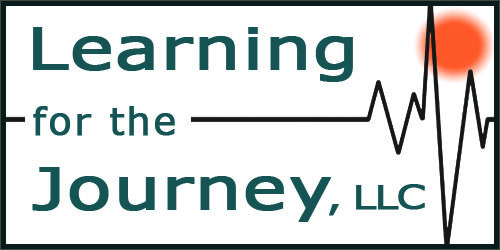The Six C’s of Planning Your Next Career Move
The Six C’s
All of us find ourselves considering from time to time our next career move. Sometimes this is just a quiet voice in our heads that says we can do better or be happier, and sometimes it is a shout that says “decide and act – now!” Whatever your sense of urgency, please do not jump to crafting your resume or starting your Internet search. First, stop and consider what it is you want to do with your life. Changing jobs or careers is one of life’s big moves, give yourself the gift of time, space, quiet, and privacy to seriously consider what you really want to do. There is a world of options out there and you may be thinking … where do I even start? Here are six things to consider:
Content. What is the content of the work you desire? What brings you joy and satisfaction? What are you good at? What are you good at, but don’t like? Think skills, not job titles!
Context. What kind of work setting do you like and what do you hate? Formal? Outdoors? Individual or group? US or international? Full time or part-time? Salary or commission?
Culture. What types of organizational culture do you prefer and detest? Consider what organizational values are important to you. How much structure and autonomy do you want (or need)?
Colleagues. What kinds of people do you enjoy working with? What kind of people do you prefer not to work with if you have a choice?
Constraints. What are the constraints of your life today - physical, emotional, relational, financial, geographic? We all live with constraints - they are inherent in being human!
Compensation. How much money do you want to make and how much do you need to make to maintain desired life-style? These are two different things!
Deep Thinking Enablers
Here are three things to really get the most of this deep thinking time.
Write your thoughts down. Get the ideas out of your head and onto paper or electrons. There is tremendous value in capturing your thoughts so you can really think about them and also come back to them.
Create safety. While not everyone agrees, my experience is that you should protect these fragile ideas until they are ready for primetime. This is not to say that you should spring full-blown decisions on key stakeholders, but rather don’t let people “rain on your parade” or critique your ideas prematurely. You may end up changing your mind, your priorities, or direction several times before you really can answer your “what’s next?”
Sleep on it. Brain research has proven that during periods of sleep, our unconscious brain continues to refine our ideas. New ideas are linked to earlier learning and experiences. Extraneous information gets pruned. As Colin Powell observed in his leadership lessons, “it will look better in the morning.”
There are also two additional pieces of advice relevant to this critical “what’s next?” thinking. In their wonderful book, Designing Your Life: How to Build a Well-Lived, Joyful Life, Bill Burnett and Dave Evans caution against trying to solve “gravity problems.” These are the “fact of life” issues that we can waste our time trying to rail against. These are problems outside of our control or influence.
In terms of the “Six Cs,” you have to be realistic about potentially competing or mutually exclusive choices. For example, if your most compelling vision for your career is to be a physician and you currently don’t have a degree and or the ten years beyond college to invest in the licensing process, you are wasting your time. Professional rules and society’s expectations are not going to change. However, you can reframe your aspirations from “being a doctor” to something like “helping people be healthy” many options open to you.
Burnett and Evans also describe one of the fundamental characteristics of the designer’s mind-set and that is the bias to action and the constant prototyping of ideas. While planning and considering the options are essential, at some juncture, you have to move forward and experiment with your ideas. Try something, assess the impact, rework the idea. Build your future forward. The “Six Cs of the What’s Next?” are a good foundation, but then get on with it and build a better life.



